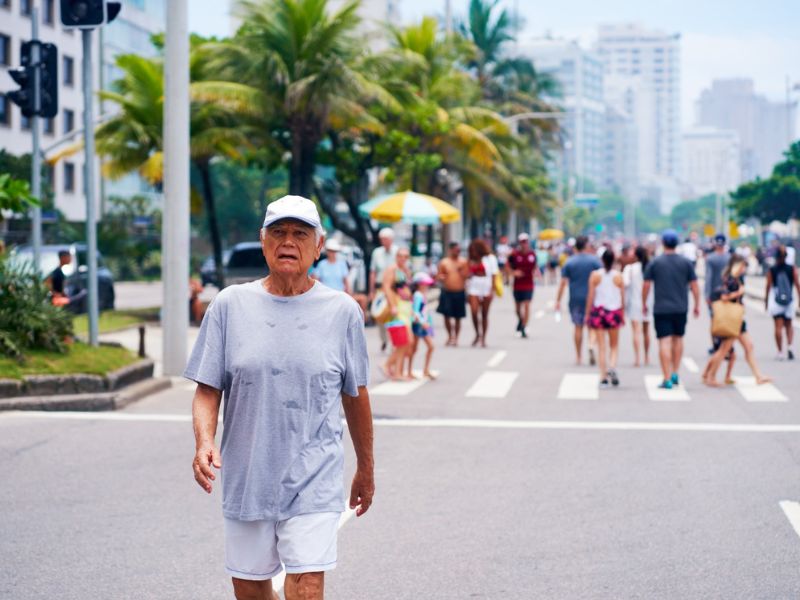
Record heat in Brazil and health increasingly at risk
On the day of the autumn equinox for the Southern Hemisphere, record temperatures continue to be recorded, especially in Brazil
Sunday morning, around 10 a.m., perceived temperatures in Rio de Janeiro reached the record figure of 62.3 degrees, a figure not seen since 2014.
This increasingly extreme and widespread heat is directly linked to climate change and all the atmospheric and climatic consequences we are forced to face year after year: ocean warming, extreme weather events, health and safety issues.
The health aspect plays a central role. It is increasingly evident how the increasing occurrence of heatwaves of ever greater magnitude causes serious problems for national healthcare systems.
Health Risks
Taking a closer look at the health risks of heatwaves like the one affecting Brazil, it is observed that these differ mainly depending on the age and health conditions of the individuals. They can range from mild disturbances, such as dizziness, cramps, fainting, to much more serious conditions, especially in the elderly, such as heatstroke.
High temperatures also promote greater dehydration, worsening pre-existing conditions and seriously endangering people with diabetes, kidney problems, and heart problems.
Difference Between Heatstroke and Sunstroke
As already mentioned, heatstroke is one of the most dangerous consequences of prolonged exposure to high temperatures. The onset of this syndrome is mainly due to a mix of factors: high temperature, poor ventilation, and humidity above 60%. Symptoms can include low blood pressure, nausea, dizziness, cramps, edema, dehydration, loss of lucidity, and fainting. If not treated promptly, heatstroke can also lead to damage to internal organs and, in the most severe cases, death.
Sunstroke, on the other hand, is mainly linked to prolonged exposure to the sun. Its most common symptoms are: reddening of exposed parts, red eyes with excessive tearing, weakness, nausea, general weakness. Usually, sunstroke is associated with less severe consequences, but even in this case, if not treated properly, it can lead to very serious outcomes.
It should also be remembered that prolonged exposure to UV rays increases the risk of melanoma.
It is always advisable to avoid direct exposure to the sun or staying in very hot places during the hours of peak temperature increase. But in case you experience symptoms of sunstroke or heatstroke, it is necessary to immediately call a doctor or emergency services.
Sources


